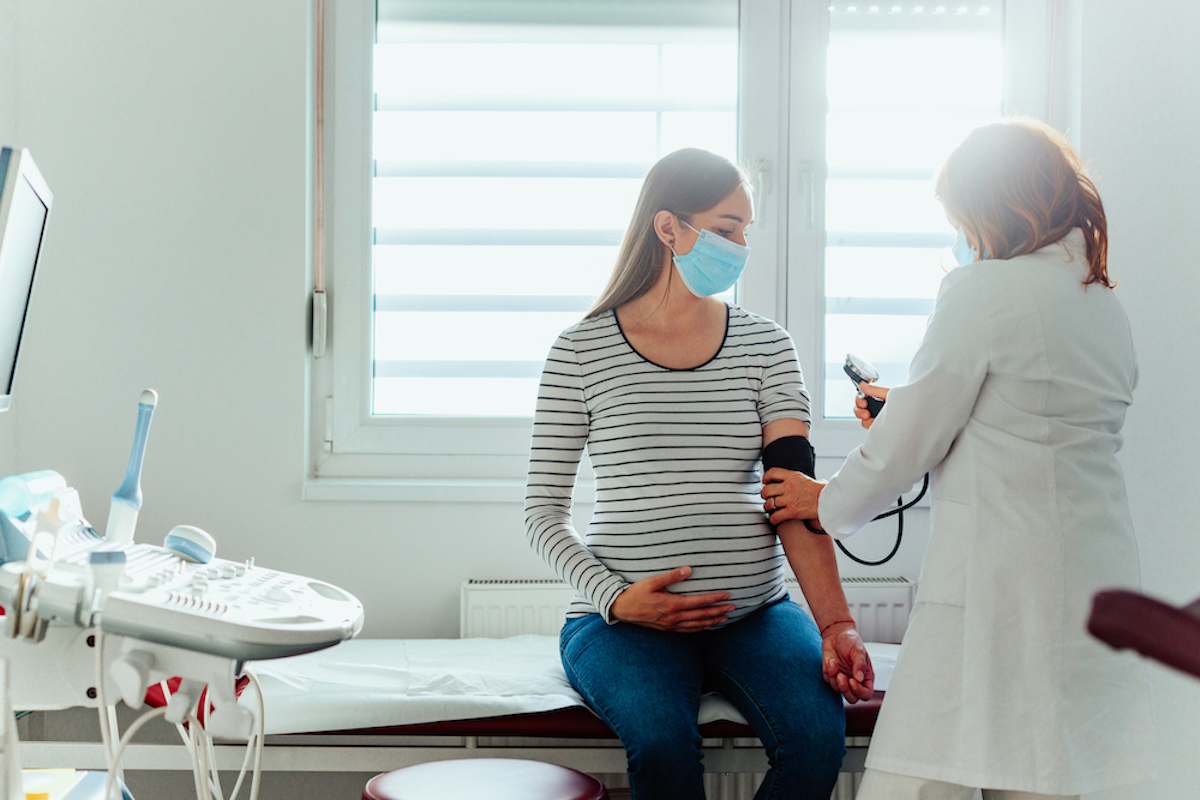I’m currently sitting in my living room contemplating wearing a mask indoors and cranking the AC even though I’m freezing, because I’m 19 weeks pregnant and my state is currently engulfed in wildfire smoke from Canada. It’s bad enough that I feel it in my lungs and eyes. I just read a scary article about even one day of wildfire smoke exposure increasing the likelihood of preterm birth. This is not something I thought I’d have to worry about. Do I? Help!
—Rachel
I asked Christopher Worsham to jump in and respond to your questions about wildfires and air quality. Chris is a pulmonologist and critical care physician at Massachusetts General Hospital and a public-health researcher at Harvard Medical School. He is the co-author (along with Anupam Jena) of the forthcoming book Random Acts of Medicine: The Hidden Forces That Sway Doctors, Impact Patients, and Shape Our Health (preorder it now!) and the Random Acts of Medicine newsletter on Substack.—Emily
First, let’s get this out of the way: This is educational and not medical advice. Only your doctor/care team can give you specific medical advice.
I’ll start off by saying that it’s quite reasonable to be concerned about how air quality might affect pregnancy, since research from around the world suggests that wildfire smoke can indeed negatively impact pregnancy outcomes (Professor Oster highlights some of these studies in this post from 2020). While the effect on pregnancy outcomes of wildfire smoke and poor air quality more broadly is difficult to research, the totality of the evidence suggests that poor air quality contributes to lower birth weight and risk of preterm birth. For example, one clever 2009 study found that the introduction of EZ-Pass automated car tolling to an area — which leads to less traffic congestion and thus less pollution from vehicle exhaust — was associated with a reduction in the number of preterm and low-birth-weight babies born in the areas surrounding toll plazas.
The good news is that a couple of days of low air quality (as opposed to spending an entire pregnancy breathing such air) likely presents a very small risk. With short-term exposures to poor air quality, the outcomes we worry about most are things like asthma attacks that place a pregnant patient — and thus the baby — at risk. During pregnancy, pregnant patients with pre-existing asthma* can see a worsening of the disease that could be triggered by poor air quality, and those without asthma can still have uncomfortable shortness of breath or coughing brought on by the poor air quality and the small, irritating particles in the air.
Much of this risk can be mitigated by following the advice that’s given for “sensitive groups” when the air quality index is above 100. Pregnant patients, particularly those in later stages, are a “sensitive group” in my book for a few reasons. We often hear talk, particularly in the later stages of pregnancy, of having to “eat for two,” but we should remember that pregnant patients also have to breathe for two, since the baby can’t breathe in their own oxygen or exhale their own carbon dioxide. More breathing at baseline (and even more during physical exertion) means more microscopic particles in low-quality air entering and irritating the lungs. This is why the advice of staying inside, avoiding physical exertion, and breathing filtered air (if possible) is the best way to go until air quality improves.
*Since many pregnant patients with asthma ask about this, it’s worth noting that inhalers (even inhaled steroids) do not present meaningful risks to the baby. Even if they did present some small risk, it would be far outweighed by the risk to the baby of the pregnant patient having a serious asthma attack.—Chris
Community Guidelines















Log in